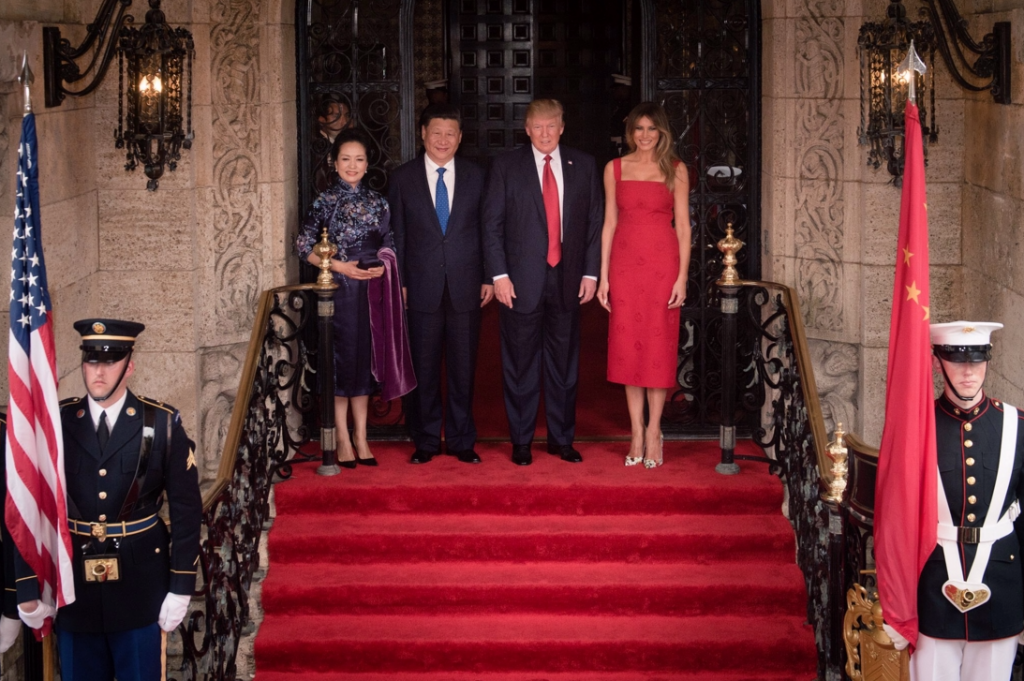
President Trump has his work cut out for him.
President Trump is headed to Asia, where he’ll meet with leaders of several nations to discuss a whole host of things.
As my colleague Matt McMullan noted earlier this week, we are most focused on what Trump opts to do when it comes to trade, particularly with China. Although the Trump administration recently affirmed China’s non-market economy status, The Donald has mostly been all talk and little action on trade thus far – and in fact, it’s causing a new set of problems.
That’s why his trip to Asia is so important. The 10-day jaunt offers an opportunity to take on some of the big trade issues between the United States and nations like China – and regardless of whether you like Trump or hate him, it’s important to recognize that these issues are legitimate.
Data newly compiled by the Asia Society Policy Institute and the Rhodium Group offers some proof.
The two groups partnered to produce The China Dashboard, which tracks the 10 economic policy reform goals Chinese leaders announced in 2013. While China set 2020 as their target date for completing these goals, it is only making progress in one of the areas – increasing innovation – while lagging behind in some key spots.
Labor reforms fared the worst, as “migrant worker wages have slumped to a ratio of 0.7 versus GDP,” CNBC noted. Meanwhile, China’s reliance on state-owned enterprises continues:
China also doesn't appear to be cutting back its reliance on state-owned enterprises, which are typically less efficient than privately owned corporations.
The China Dashboard divides Chinese industries into three kinds: "key" industries for which government involvement is reasonable, "pillar" industries such as equipment manufacturing, and "normal" industries such as tourism. The data showed little change over the last five years in the share of state-owned enterprise participation across all three divisions.
"Even in the most normal market, competitive-type industries, there's no evidence of a reduction of state involvement and pressure," [Rhodium's Daniel] Rosen said. State-owned enterprises accounted for nearly 17 percent of the "normal" industries.
Those state-owned enterprises have been a big sticking point between China and many free-market nations, including the United States. As we’ve seen with industries like steel and aluminum, state-owned companies don’t have to abide by market forces – which means they can continue to churn out product regardless of demand, and then dump it into the U.S. market priced far below fair value. That’s hugely unfair to companies that operate in an open market and play by the rules.
And as our own Scott Paul wrote to Trump on Oct. 31, many SOEs are “now aggressively seeking to invest here in America, putting further strain on U.S. firms that make decisions based on market forces.” That’s why it’s so important that the United States strengthens our system of reviewing such acquisitions – and does not reward China with additional trade concessions, including a potential bilateral investment treaty, until it can prove it is making meaningful progress in moving toward a more open market.
China likely isn’t going to make progress in these areas on its own; the United States needs to make clear to China that doing things like reducing its reliance on state-owned enterprises and improving labor standards is in its best interest.
Is President Trump up to the task? Well, this trip is a make-or-break moment for him, and we’ll be watching closely. In the meantime, you can keep the pressure on.
